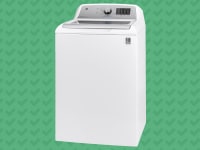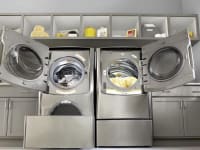These 5 easy laundry tips will help save you money
Save $387 a year with just a few changes to your routine
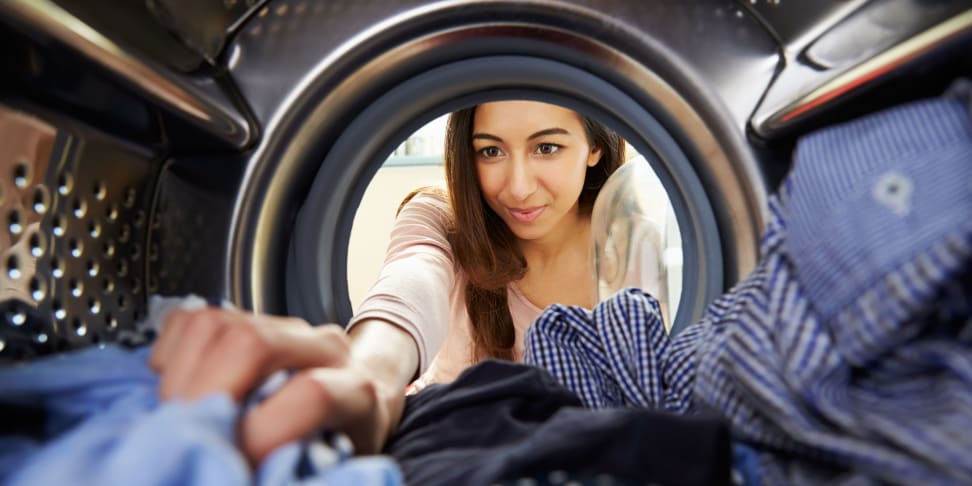 Credit:
Getty Images
Credit:
Getty Images
Recommendations are independently chosen by Reviewed's editors. Purchases made through the links below may earn us and our publishing partners a commission.
According to the EPA, the average American family does 300 loads of laundry a year. While you'll never get back the time you spend sorting, soaking, and folding, it's easy to save a lot of money by making some small changes to your laundry routine.
Here are five money saving tips the experts at Reviewed.com compiled to help you save on your electricity and water bills—and do some favors to your clothes and the environment along the way.
We found out that you could save up to $387 a year with just a few changes.
Wash with cold water—Save $192
{{ amazon name="Tide Coldwater Clean Fresh Scent Liquid Laundry Detergent, 92 oz, 48 loads", asin="B00JC60526", align="right" }} As much as 90% of the energy it takes to wash clothes is actually spent on heating water. If you wash clothes on cold—a safe choice for just about any fabric type—you’ll undoubtedly save money over time.
According to Trent Hamm, author of 365 Ways to Live Cheap, washing on cold can save up to $0.64 per load. Over 300 washes, that's $192 a year!
If you’re worried about clothes not getting clean without that high heat, don’t fret. There’s detergent available specifically for cold-water washing. It contains enzymes that are designed to clean clothes regardless of how hot or cold your water is. It costs a bit more than conventional detergent, but the utility savings could balance it out depending on where you live.
Use bigger loads and less detergent—Save $10
It may seem obvious, but washing one full load of laundry is going to save you some money compared to two half loads. Even though today's washers can sense how big a load is and fill with water accordingly, they still use less water to do one big load than two little ones. The average washer we've tested costs around $50 a year to run—so cutting out even 10% of loads can save $5 a year.
Don't overuse detergent, either. In our experience—and we've done thousands of loads of laundry in our labs—a little detergent goes a long way. In fact, using too much detergent can leave white residue on your clothes. Some washers will even use more water automatically to rinse out excess detergent during a wash. We recommend using the lowest dose possible for most loads.
If you're using liquid laundry detergent, it might cost you around 19 cents a load. Cut the amount you use by 10%, and you'll save almost $6 per year.
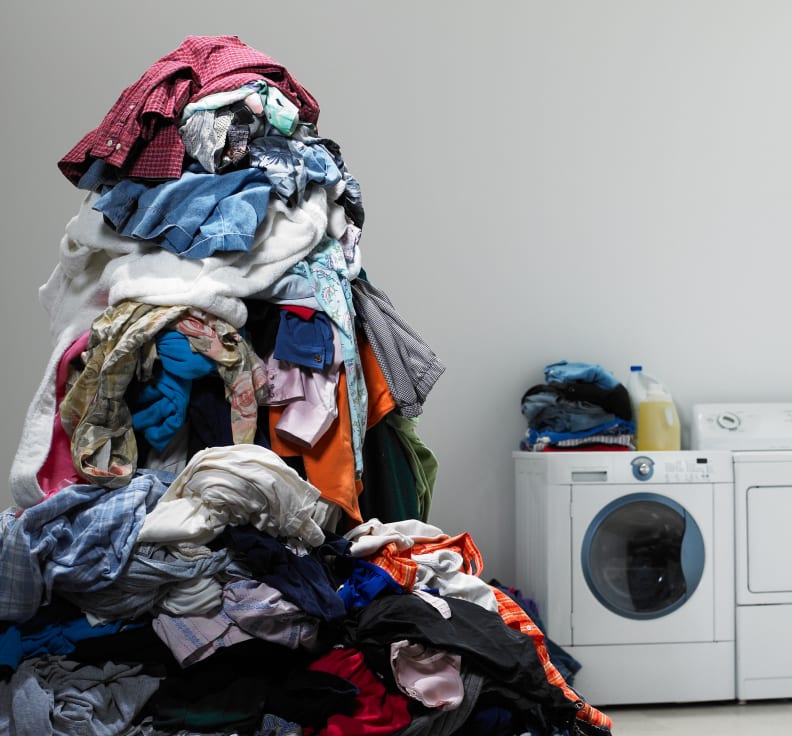
You don't have to wait until you run out of clothes, but running fewer and fuller loads should cut down on utility costs compared to smaller batches washed more frequently.
Sort before you wash—Save your favorite sweater
If you can’t be bothered to split your darks and your lights before you wash, that’s fine—you do you.
But at the very least, try to sift out towels and other heavy garments. Thick cotton towels absorb more water and take longer to dry. And if you’re throwing them in the dryer with t-shirts and lingerie, well… you’re just doing it wrong. The sensor in your washer will keep your clothes tumbling until the last item is dry, which will cause your delicate items to wear out before their time..
If you've ever had a favorite sweater wear out, you know just how valuable that can be.

Separating lights and darks may be good for clothes, but separating out heavy cotton items like towels will be good for your bottom line.
Line dry—Save $140
{{ amazon name="Honey-Can-Do Heavy Duty Drying Rack", asin="B00383O2UU", align="right" }} Apart from an air conditioner, dryers typically consume more energy than any other appliance in your home. If you’ve got the room (and the patience), consider cutting the dryer out of the process altogether.
Line drying obviously takes more time and space, especially if you’re using indoor drying racks. However, it also uses zero electricity, and it's more gentle on clothes. Plugging some average energy use numbers into this calculator shows that line drying can save up to $140 a year.
It doesn't even have to be sunny outside. Putting line dry clothes in front of a radiator can serve as a low-tech humidifier during the wintertime. If you're short on time, you can also pop clothes in the dryer for five or ten minutes to remove the bulk of moisture, then let them line dry to remove the rest.

Line drying your clothes—either outside or on a clothes rack—is a zero-energy option that costs you nothing (except some time).
Get a new washing machine—Save $45
A modern Energy Star certified washer can save you an extra $45 a year on your water and electricity bills. So if it's time for a new washing machine anyway, you might as well pick a machine that will save you the most money.
Our washing machine ratings take into account cost of operation, so our top-scoring machines are also some of the most efficient.
Our experts almost exclusively recommend front load models. They use less water and are typically gentler on clothes. And these days, the price gap between front load and top load washers is shrinking with each passing year.
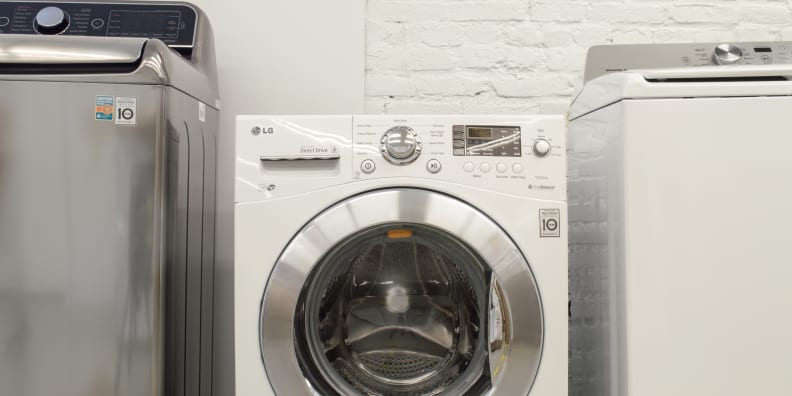
Whether you're looking at front load, top load, compact, or condenser—you've got a ton of options for updating your laundry room.
If you prefer a top-loading machine, you're not out of luck. Some can be quite efficient—including our top-rated top-loader, the GE GTW680BSJWS.
Related Video
{{ brightcove '4898078512001' }}


